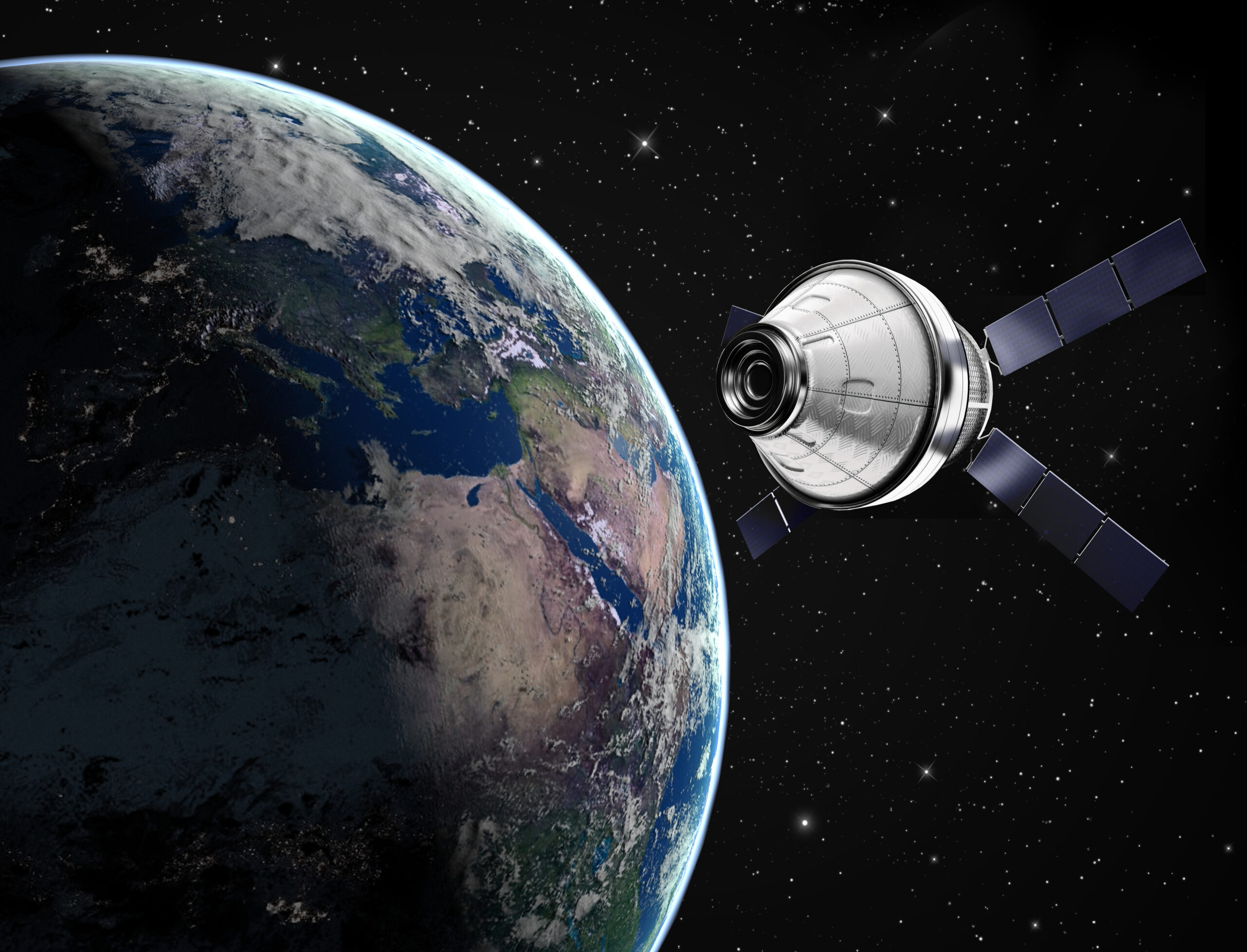
Feature
The Kardashev Scale
The Kardashev scale is a means of conveniently measuring the power output of a civilization. The scale traditionally has three levels, called I — planetary, II — stellar , & III — galactic.
A Type I civilization has a power output of approximately Watts. This is a factor of ten thousand times greater than the Earth civilization’s current power output of
Watts.
The recent breakthrough with fusion power may put our civilization on track for becoming Type I sooner than without it. Check out my article on the Kardashev scale here.
Below, Michio Kaku comments on the the Kardashev scale and our trajectory to reach Type I within about a century.

This week’s discord chat
Week of Jan 1 2023 [1st at 1 PM EDT (6 PM GMT), 4th at 9 PM EDT (5th 2AM GMT)]
- The Kardashev Scale
This Week’s Short Fiction by Torn MacAlester
This week, I offer a glimpse of a volcanic winter setting in: The Mountain

A new novel by Torn MacAlester
The long awaited sequel to Thunder Moon Tussle:
Mask of the Joyful Moon
Coming Soon
Water on the Moon
Its not so outrageous as it seemed at first glance. The Moon has water in unusual places.
https://www.sciencealert.com/water-from-the-sun-has-been-found-on-the-moon
The solar wind is composed of mostly hydrogen. The rate of solar wind flow is . That is the same as
protons per second streaming away from the sun in all directions, or
protons impacting the Moon’s surface per second.
Many lunar rocks are oxides, providing the source of oxygen. If every proton impacting the Moon’s surface turns into water molecules, then we have on order molecules or 200 grams of water being formed every second just below the Moon’s sunlit surface.
This water would be formed inside the rocks and regolith with a depth depending upon the incident energy of the protons.
Realistic Large Scale Space Construction
Interesting web page with large scale space structures and current technology readiness level (TRL) estimates:
https://www.factoriesinspace.com/large-space-structures
To date, the largest structure built in space is the International Space Station (ISS). ISS took over a decade to build and required over a decade to assemble.
https://en.wikipedia.org/wiki/International_Space_Station
https://www.nasa.gov/mission_pages/station/main/index.html
The follow-on space stations that are expected to be built in the coming decade are all smaller but are expected to be commercial outposts.
https://www.space.com/nasa-commercial-space-station-rely-on-market-demand
But the really big space stations that could have there own spin gravity remain on the far horizon. Two examples are the Stanford Torus Space Settlement, and the O’Neill Cylinder.
Space Cities Out of Asteroids and Graphene Bags? Intriguing O’Neill Cylinder Study
Volcanos
Recently, both Volcanos on Hawaii’s big island stopped erupting.
https://www.nytimes.com/2022/12/13/science/mauna-loa-volcano-eruption.html
The Hunga-Tonga volcanic eruption of last January continues to provide a wealth of new science. Volcanos continue to surprise us. And this eruption is no exception. In the article below, the authors explain how the eruption effected Earth’s ionosphere more than many solar storms.
Fusion
Extrasolar Planets
Database of Extrasolar Planets:
Methods for finding exoplanets:
https://www.planetary.org/worlds/exoplanets
This helps determine the fraction of stars having planets and the number of planets per star for the Drake Equation.
Using spectra to determine composition and chemistry of atmosphere:
https://www.pnas.org/doi/10.1073/pnas.1304208111
This relates to fraction of worlds having life from the Drake Equation.
